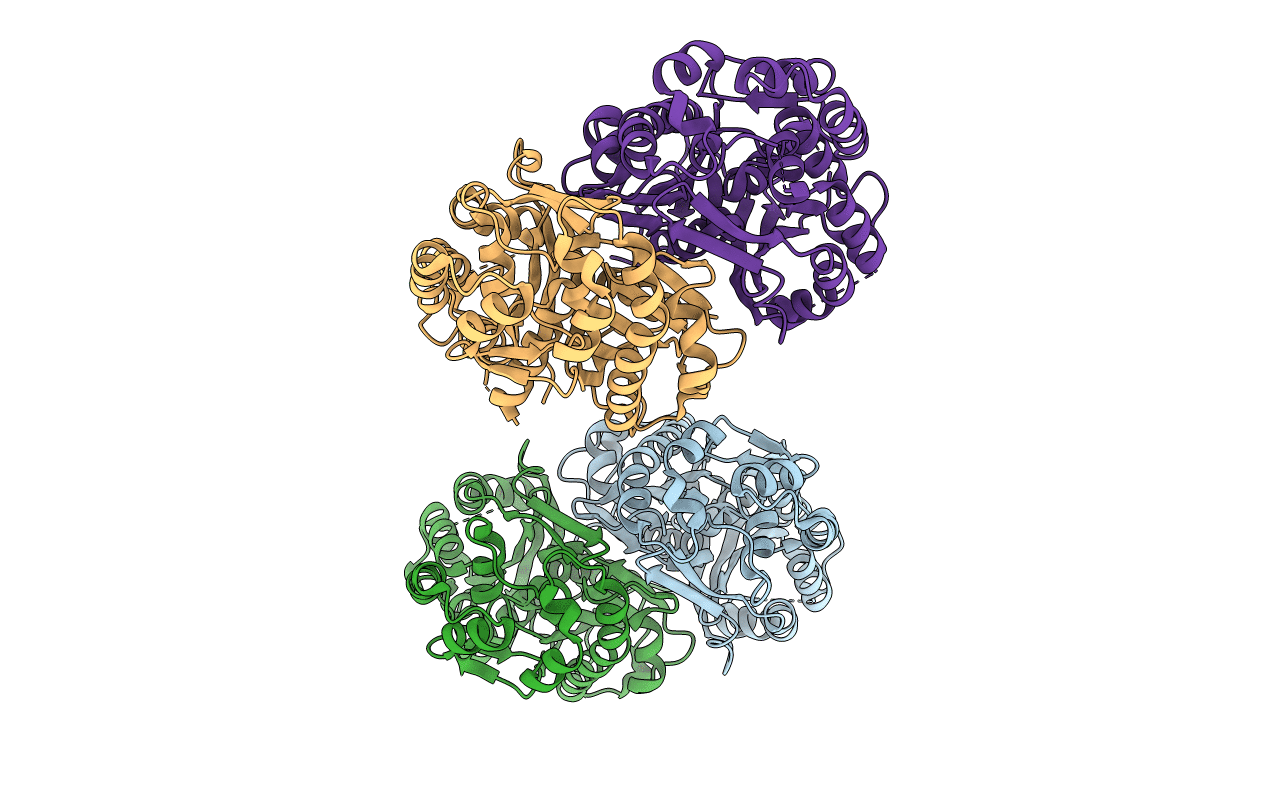
Deposition Date
2010-08-03
Release Date
2010-11-03
Last Version Date
2023-11-01
Entry Detail
PDB ID:
3ALE
Keywords:
Title:
A type III polyketide synthase that produces diarylheptanoid
Biological Source:
Source Organism:
Oryza sativa (Taxon ID: 39947)
Host Organism:
Method Details:
Experimental Method:
Resolution:
2.50 Å
R-Value Free:
0.27
R-Value Work:
0.22
R-Value Observed:
0.22
Space Group:
P 1 21 1


